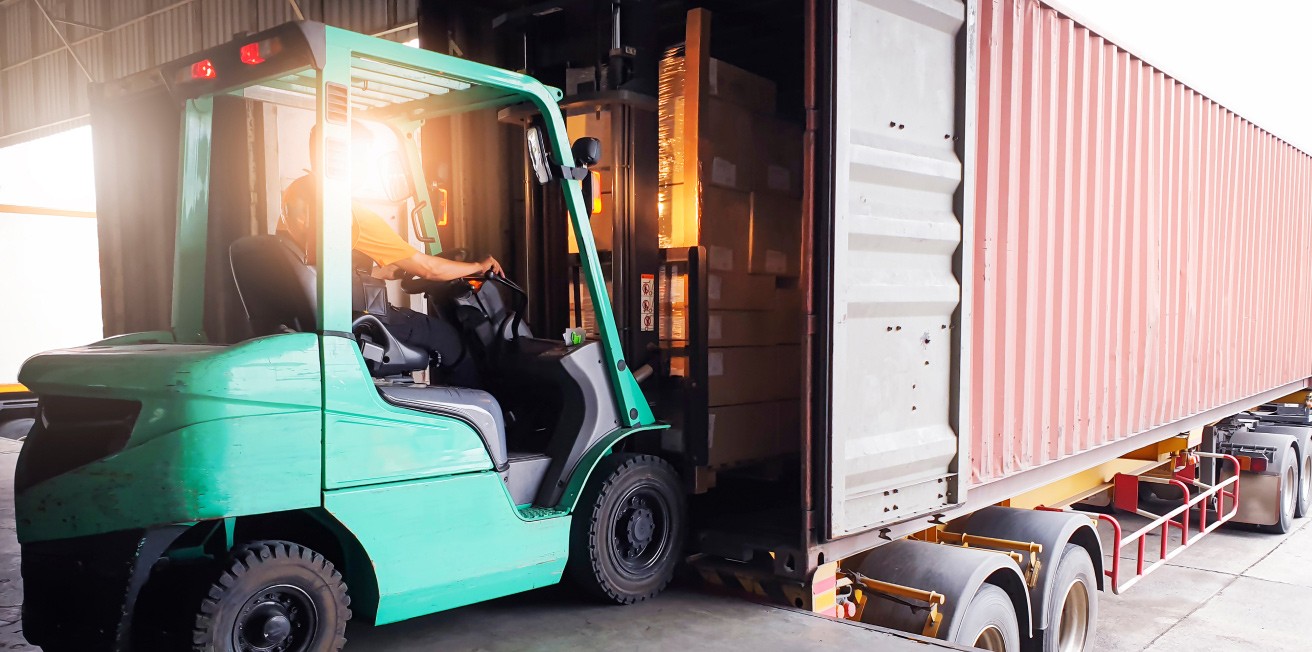
Summary: Ground carriage by motor carrier, entails FTL and LTL. It is important to understand the cost, operational and risk aspects of each of these modalities to make best use of them in your business model.
Read time: 5 minutes
There are major differences in the operating characteristics between Full-Truckload (“FTL”) also referred to merely as truckload (“TL”) ) and Less-Than-Truckload (“LTL”). A thorough understanding these nuances could have a qualitative impact on your decision making.
A Basic Review

FTL refers to a freight load from one Shipper occupying or reserving the truck. Typically, an FTL carrier moves a more or less full truckload of freight for a single shipper directly from origin to destination. In other words, the driver starts at the shipper’s facility where the truck is loaded and continues directly to the destination point where the truck is unloaded.
FTL shipping is ideal for larger shipments, but, as discussed below, the utility of this form of service versus LTL, goes deeper.
LTL freight carriers typically move cargo from multiple Shippers on one truckload. In broad overview, a local-service truck may pick up shipments from different shippers and bring the cargo to a terminal or terminals where cargo shipments are consolidated into various trailer loads for carriage to final destination or even to another terminal or terminals where a given trailer load is unloaded and broken down into smaller individual shipments, which local-service trucks then deliver.
Shipments ideally suited for LTL service may range from one to six pallets (less than 12 linear feet), in the range of 500 to 2,000 pounds each.
The U.S. Department of Transportation stipulates as follows:
- Truckload (TL) carriers specialize in hauling large shipments for long distances. TL shipments are usually defined as those weighing 10,000 pounds or more. In this segment, a driver employed by a TL firm, or a truck owner-operator, will pick up a load from a shipper and carry the load directly to the consignee, without transferring the freight from one trailer to another. Thus, TL carriers do not need a network of terminals. This segment of the industry involves substantial competition and labor is typically not unionized.
- Less than truckload (LTL) carriers consolidate, in one truck, several shipments that are going to the same general geographic area. LTL shipments are usually defined as those shipped in amounts that weigh less than 10,000 pounds. The consolidation of freight requires a network of freight terminals. Consequently, LTL carriers are characterized by networks of consolidation centers and satellite terminals. In this framework, a pickup-and-delivery truck typically transports an LTL shipment from the shippers dock to the trucking firms local terminal. There, dock workers unload and recombine the shipments with other shipments that are going to similar destinations, typically a destination terminal in another city. This transportation may be accomplished by large trucks or by another transportation modee.g., rail or ship depending on price and service considerations. When the shipment arrives at its destination terminal, the load is processed, moved to a pickup-and-delivery truck, and then transported to the consignee. There are national LTL firms and regional LTL firms.
A Brief Comparison between FTL and LTL The major differences between FTL and LTL focus on speed, risk, and cost.
Speed

FTL is the quickest method for delivering freight because the delivery driver only has one load to deal with, which that driver is taking directly to its final destination. In addition to quicker shipping times, another advantage is that without multiple stops it is easier to predict an accurate delivery date.
In contrast, the additional stops with LTL transit may cause a delay in delivery of the cargo, but LTL shipments can be scheduled with greater flexibility, because they do not have to wait for a full truck load to enable delivery. Therefore, with LTL, smaller loads might even be brought to market quicker.
Risk

As mentioned above, cargo delivered via LTL travels an indirect path to its destination. An LTL shipment will typically be loaded and unloaded out of a truck and terminal (or warehouse) at least once before reaching its final destination. This additional handling increases the risk that the cargo may get dropped, or otherwise mishandled, and damaged.
Although FTL cargo intends to travel direct to final destination, there is an inherent risk that the more time a given load of cargo is on the road, the higher the likelihood of damage or theft.
There are also other risk concerns.
When faced with a decision between FTL and LTL it is important to determine how fragile your products are – or how well they are packaged. With LTL, the products and packaging must be sturdy enough to sustain frequent handling at multiple points in the shipping process.
If the nature of the cargo being moved is such that it would be critical, or at least greatly beneficial, to minimize the amount of handling, you can reserve a full truck even if you do not fill up the entire available space. Put another way, the shipper does not fill the entire truck, but has exclusively reserved the full capacity of the truck. As a result, we diminish concerns about cargo incurring damage due to handling, cargo being misdelivered, or lost cargo due to comingling with other shipments.
Cost

In view of the above, it is not surprising that the specialized nature of FTL shipments, particularly those that are hazardous or fragile and/or requiring specific equipment to move, etc.., may incur a higher cost per unit shipped.
But there may be cost saving opportunities available with LTL, for instance, if your organization only ships a few pallets of durable cargo every month, and/or where most expeditious delivery timing is not required. Instead of shouldering the entire cost of a truck, LTL shares this expense with other shippers using the same truck.
A thorough evaluation of these alternative approach should also include such factors as
(1) additional insurance that may be required if fragile goods are exposed to the enhanced risk of more handling enroute, and
(2) financial incentives that may be achieved for a quicker delivery time.
Management of the packing, loading and handling process at the shipper’s location is critical to the success of LTL shipments. These considerations can be explored in greater detail through a further dialogue with LogistIQ.
Need an expert to help with your decision? LogistIQ is here!

We are experts on single shipment cargo insurance so you don’t have to be. Contact us today to learn more about about Freight Insurance Fast, and let us use our 46+ years of experience to guide you with your shipping needs.
How To Move Forward
For Freight Brokers
We will connect you with a qualified agent that best meets your needs.

 1-888-910-4747
1-888-910-4747
